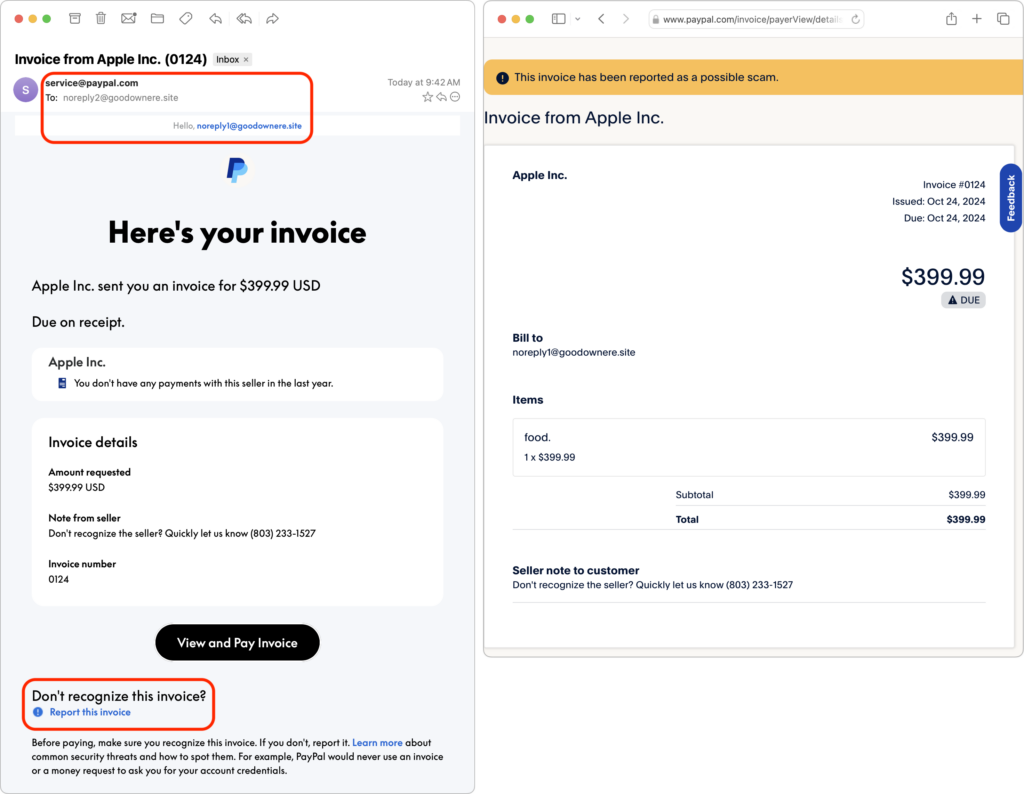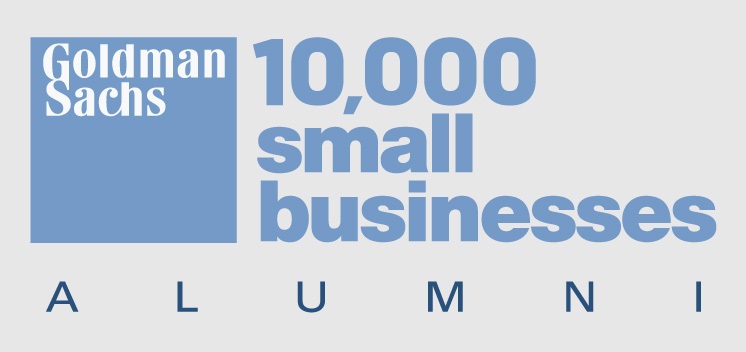
Online scams are becoming more sophisticated, and one of the latest trends is an alarming uptick in fake invoices sent through PayPal. Because these invoices are sent directly through PayPal’s system, they bypass typical spam filters and don’t always carry the hallmarks of a phishing email. These scams prey on trust: many people are used to seeing PayPal invoices and may not think twice before paying one.
So, how do these scams work? A scammer creates a fake invoice within PayPal and sends it to their target, hoping they’ll panic and pay. The invoice often impersonates a trusted company like Apple or Netflix, claiming an overdue charge or suspicious purchase. The goal is to make you believe something is wrong—and to act quickly before you think it through. In addition to the deception, these invoices often include a phone number for “customer support.” But if you call, you won’t reach a legitimate representative. Instead, you’ll be connected with the scammer, who will try to convince you that the invoice is real and pressure you to pay.
How to Spot a Fake Invoice
Fake invoices can be difficult to detect at first glance. They often look professional and might mimic the format of a legitimate PayPal email. However, there are telltale signs to watch for:
- Suspicious Sender Information: Check the name and email address at the top of the invoice. If they don’t look right or feel off, proceed with caution.
- Unexpected Charges: Check to see if you’ve ordered anything that matches the invoice. If you haven’t, it’s likely a scam.
- Urgent or Threatening Language: Scammers often use urgency to manipulate you. Phrases like “Your account will be suspended” or “Pay immediately to avoid further action” are designed to scare you into acting without thinking.
What to Do if You Receive One
If you receive a suspicious invoice, don’t panic. Follow these steps:
- Don’t Pay or Call the Listed Number. Scammers rely on fear to push you into action. Take a moment to verify the invoice before doing anything.
- Report the Invoice to PayPal. At the bottom of the invoice, you’ll see a “Report this invoice” link. Clicking this helps alert PayPal to scams and protects others.
- Forward the Message to PayPal’s Security Team. Send a copy of the email to phishing@paypal.com. This allows PayPal to investigate and take action.
- Don’t Mark It as Spam. While marking the email as spam may seem like the right move, doing so can interfere with legitimate PayPal messages. Instead, the invoice can be reported through PayPal’s platform.
What Happens If You Fall for It?
If you accidentally pay a fake invoice, acting quickly is crucial. Log into your PayPal account and use the resolution center to report the fraudulent transaction. You should also contact your bank or credit card company to see if they can help reverse the charge. Finally, update your PayPal password and enable two-factor authentication to protect your account.
How PayPal Is Fighting Back
PayPal is aware of these scams and has tools to help users stay safe. The “Report this invoice” feature is just one example. PayPal also provides educational resources on identifying phishing and fraud. However, scams continue to evolve, and the best defense is staying informed and vigilant.
Stay Safe and Spread the Word
Fake invoices are just one of many tactics scammers use to exploit online payment platforms. You can protect yourself and others by taking simple precautions—like verifying unexpected invoices and reporting suspicious activity. Share this information with friends and family to help spread awareness and keep everyone safe.
For more tips on staying secure online, check out PayPal’s fraud prevention resources or visit websites like the Federal Trade Commission’s guide to avoiding scams.

(Featured image by iStock.com/Moostocker)





